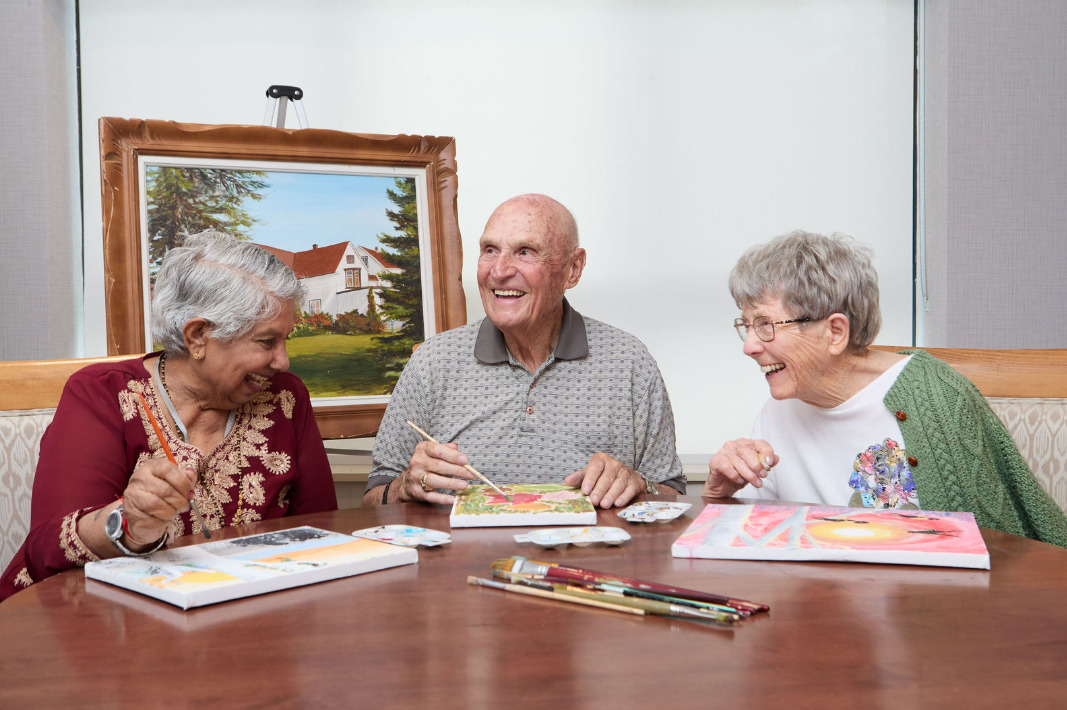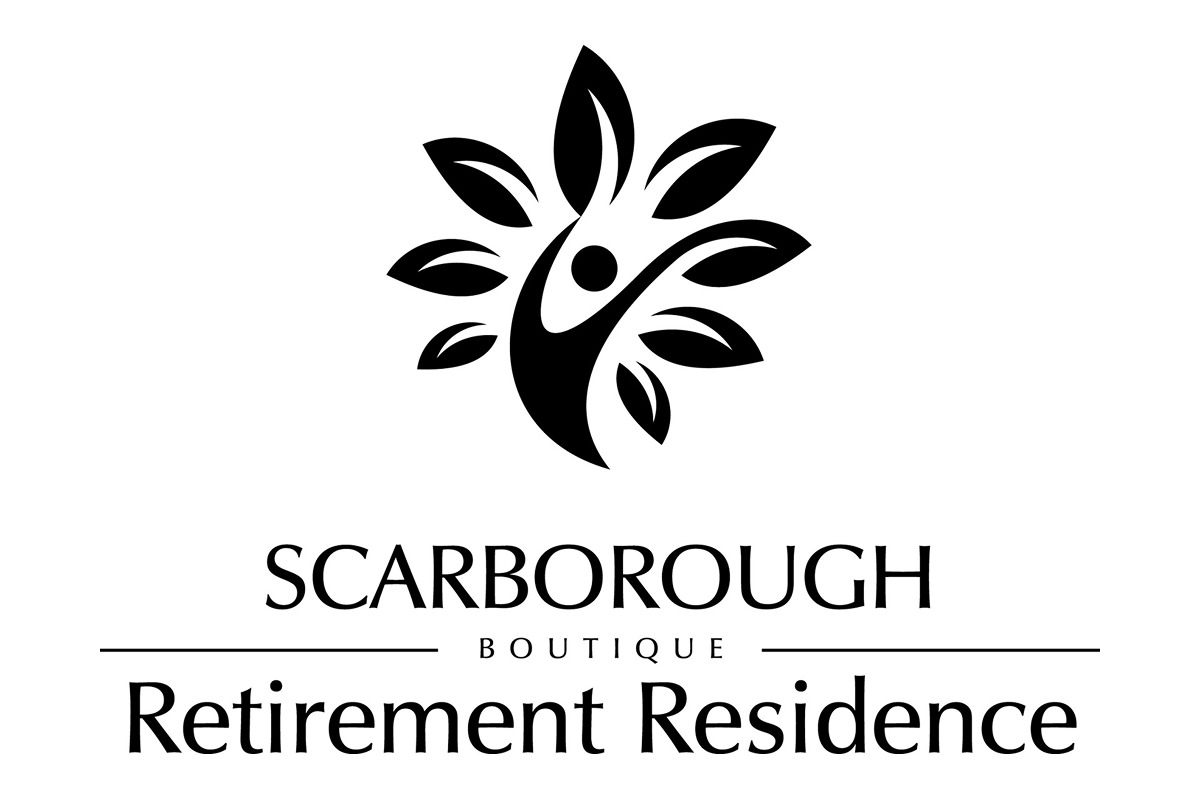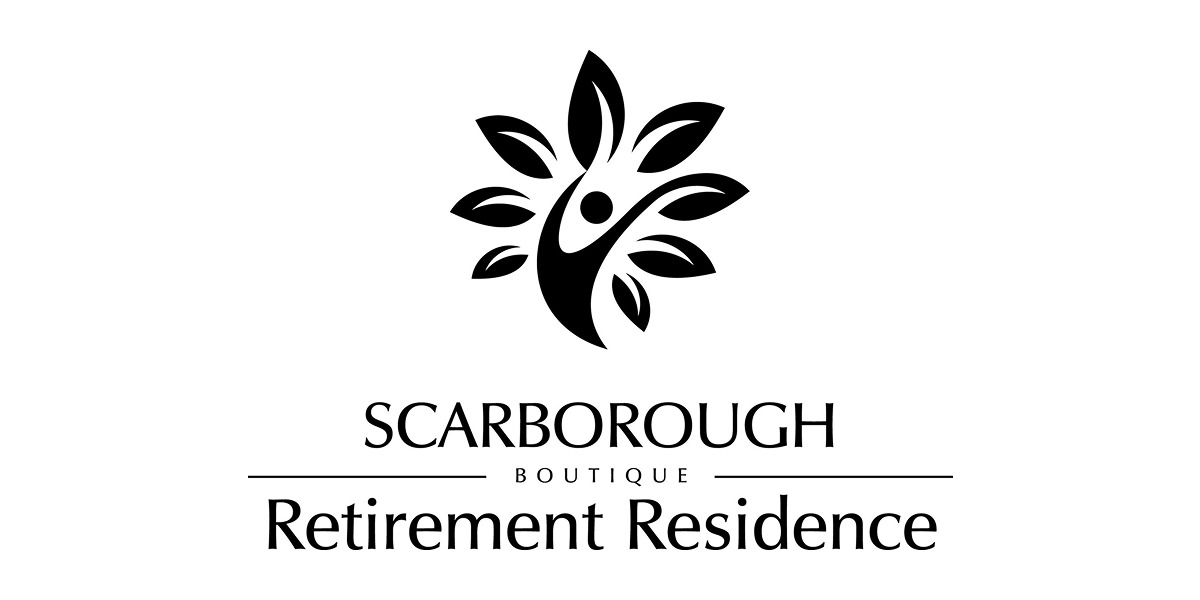In a world obsessed with youth and productivity, aging has quietly become a marginalized experience. Ageism, though subtle, is everywhere, on screens, in language, in how systems are designed. For Marie-Josée Lafontaine, owner of Scarborough Retirement Residence, that invisibility is one of the most dangerous forms of discrimination. “I once asked my father what it felt like to be old,” she recalls. “And he said, ‘It feels invisible.’ That answer never left me. It ignited something in me.”
Her father, now 102 and still living in the community he helped build, represents a generation that built this country but now often goes unseen. Lafontaine, a second-generation elder care leader, is challenging the structures and language that reinforce this invisibility. “We are taught to fear aging. We hide wrinkles, avoid tough conversations, and ignore the emotional needs of our elders,” she says. “It’s time we start naming ageism for what it is: a systemic failure to respect and recognize the value of aging.”
Residents of Scarborough Retirement Residence
At Scarborough Retirement Residence, Lafontaine’s approach to combating ageism begins with what she calls soul-centered care. It’s a philosophy that transcends the clinical, moving into the realm of human presence, emotional safety, and deep witnessing. “Person-centered care is not enough,” she explains. “It still keeps the focus on ‘fixing’ or managing. Soul-centered care asks: ‘How do I show up for this person’s full humanity?’”
This is more than semantics; it’s a shift in how we train staff, speak to residents, and design care environments. “In this work, people can feel if you are just performing,” she says. “Presence is different. Presence is when you stop, meet their eyes, and allow space for who they are.”
That distinction between performance and presence sits at the heart of Lafontaine’s leadership. She encourages her team to spend at least five minutes a day in real presence with a resident, no chart, no task, just connection. “You would be surprised what those five minutes do,” she says. “They say: ‘I see you. You matter. You are not invisible here.’”
The implications of ageism are not just emotional; they are structural. Seniors make up the fastest-growing age group in Canada. Yet, their representation in media and leadership remains disproportionately low. According to the research in 2024, 1 out of 10 Canadians who are aged 50 or older reported that they have experienced unjust treatment or prejudice within the last year due to their age.
Lafontaine sees this reflected in all institutions and sectors of society. “How many times do people speak to the staff and professionals instead of the individual? Or talk about someone instead of with them?” she asks. “That’s not just bad etiquette. That’s ageism in action.”
Her proposed solution is not just more services; it’s a cultural reorientation. “We need to shift from a clinical to a relational model. From managing care to holding space,” she says. She believes that in doing so, we not only improve outcomes but also restore dignity. “This is about reverence. Indigenous cultures often treat elders as the wisdom holders, the final teachers. Why have we lost that?”
To move in that direction, Lafontaine is urging both policy-level and personal change. She calls for the inclusion of seniors in design discussions, for representation in public discourse, and most importantly, for language that respects their full identities. “We have to stop talking down and start leaning in,” she says. “They are not our clients. They are our future selves.”
Scarborough Boutique Retirement Residence
She also draws a bold line between system design and moral imagination. “If we want to change a broken system, we have to redesign it like we are redesigning it for ourselves,” she says. “That’s the level of empathy required. Because one day, you will be on the other side of the bedrail.”
At Scarborough Retirement Residence, that mindset is operational. Staff undergo immersive training in trauma-informed care and reflective listening. Community spaces are co-designed with residents. And more than once, Lafontaine has personally intervened when communication styles became dismissive or rushed. “I lead by being present,” she says. “And I expect the same of those around me.”
She also reminds us that change doesn’t have to start with grand gestures. “Sometimes it’s as simple as asking a resident, ‘What is one of your favorite vacation memories? What made you laugh as a kid?’ These questions open doors. They bring life back into the room.”
In a society that often defines value by speed, youth, and productivity, Marie-Josée Lafontaine offers a radical invitation: to slow down, to witness, to revere. Her soul-centered leadership is a quiet revolution, but it’s a powerful one, and urgently needed.
About Scarborough Retirement Residence
Scarborough Retirement Residence is a boutique, family-owned community in Toronto, Ontario, offering soul-centered, relationship-based care for older adults. Owned by Marie-Josée Lafontaine, a second-generation elder care leader, the residence champions dignity, visibility, and emotional presence for Canada’s aging population. Lafontaine’s leadership challenges ageism and redefines care as an act of reverence and human connection. For more information, visit scarboroughretirement.com.
Media Contact
Marie-Josée Lafontaine
consciousleadershipinfo@gmail.com
.jpeg)



